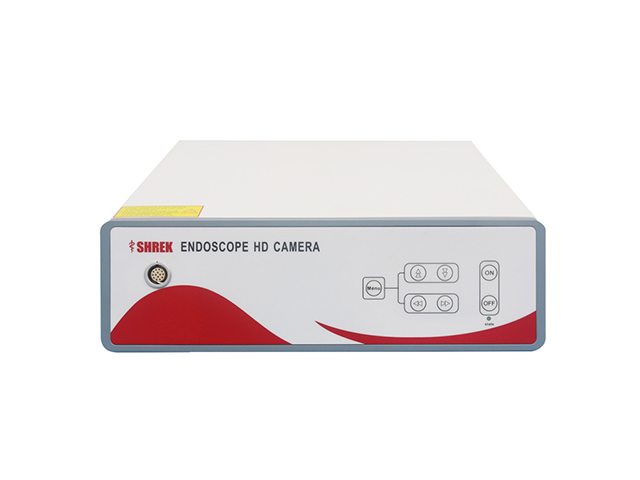SHREK NEWS
What is an optical fiber endoscope?

An optical fiber endoscope, also known as a fiber optic endoscope, is a medical instrument that uses optical fibers to transmit light and images from the body's internal organs to a viewing screen outside the body. The endoscope is a long, thin, flexible tube with a camera and light source at the tip, which is inserted into the patient's body through a natural opening or a small incision.
Optical fiber endoscopes have several advantages over traditional endoscopes that use lenses and mirrors to transmit images. Optical fibers are thin, flexible, and have the ability to transmit light over long distances without significant loss of quality. This allows for high-quality images to be transmitted from the endoscope's camera to the viewing screen, even in areas of the body that are difficult to access.
Another advantage of optical fiber endoscopes is that they are less invasive and less painful than traditional endoscopes, as they can be inserted through smaller incisions or natural openings in the body. This makes them ideal for examining internal organs such as the gastrointestinal tract, respiratory system, and urinary tract.
In summary, optical fiber endoscopes are medical instruments that use optical fibers to transmit light and images from the body's internal organs to a viewing screen outside the body. They are less invasive, less painful, and provide high-quality images, making them a valuable tool in diagnosing and treating medical conditions.




